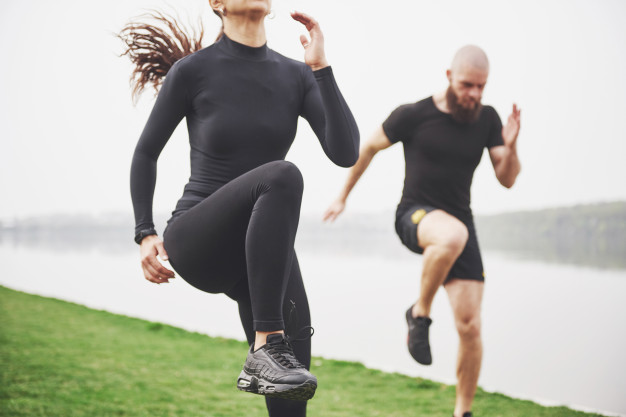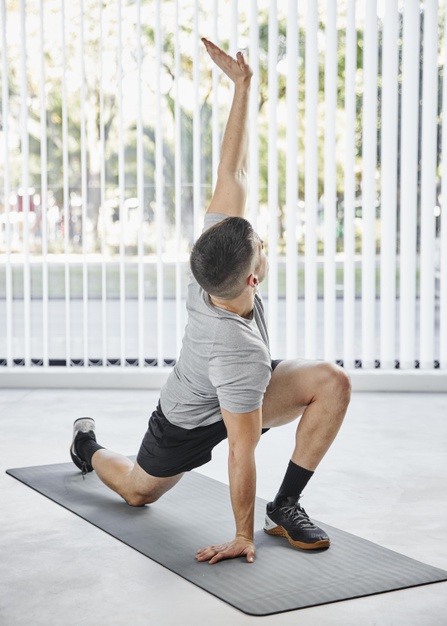Let me ask you this:
Do you spend considerable amounts of time each day in a sedentary position? Maybe you drive a lot, work at a desk, or spend a lot of time watching Netflix. If you're like most people, you probably do all three of these things.
Well, we've got news for you:
Your hips are probably tight.
There is no need for alarm. Hip tightness is common these days, but you should address it sooner rather than later.
Today, we'll go over why hip mobility matters and how you can start improving it.
Why Hip Mobility Matters So Much
Poor hip mobility obstructs many movements and can contribute to lower back pain, knee issues, and more. For some, poor hip mobility manifests in the form of lower back pain. For others, it can be so debilitating that simple actions like sitting down become a problem.
For example, tight hips can change your leg alignment, leading to knee pain and an inability to perform many movements like squats and deadlifts.
Our hips are at the center of most movements we do, and the healthier and looser we keep them, the greater our potential for athleticism, power, and good health are.
For many people, movement-related problems often stem from an inability to move their hips correctly. This includes more complicated activities like running and squatting and easier ones like walking, bending forward, and sitting down.
When people start working on their hip mobility, they typically notice that many everyday activities become easier. Simple things like walking and jogging now put much less strain on the lower body, back pain tends to go away, and movements that once felt impossible are now quite doable.
How to Start Working On Your Hip Mobility
Here are three great activities you should employ:
1. Start moving more

While it may seem unimportant, increasing your physical activity and breaking up sedentary time with movement is one of the best ways to loosen up your hips naturally.
One of the biggest causes of hip tightness is the lack of movement, so by countering that, you can work on improving your mobility.
2. Establish a hip mobility routine

The second best way to combat hip tightness is to establish a regular stretching routine. It doesn't have to be anything grandiose - as little as three to five minutes per day can make a massive difference down the road.
For example, as you're getting ready for bed, take five minutes to stretch your hips. Here are some fantastic stretches our personal trainer Sophie has put together:
• Kneeling lunges
• Lying hip rotation
• Frog stretch
• Lying piriformis stretch
• Traveling butterfly
3. Take extra long to warm-up for exercise sessions

Warming up before exercise is an overlooked factor of longevity, mobility, and optimal performance.
The truth is, taking as little as ten minutes to warm up your body is a fantastic way to improve your hip (and overall) mobility while also preparing your body and mind for the workout.
For example, you can incorporate some dynamic hip-focused movements into your warm-up:
• Side-to-side leg swings
• Front-to-back leg swings
• Deep squats
• High knees
• Fire hydrant


